Kyoto
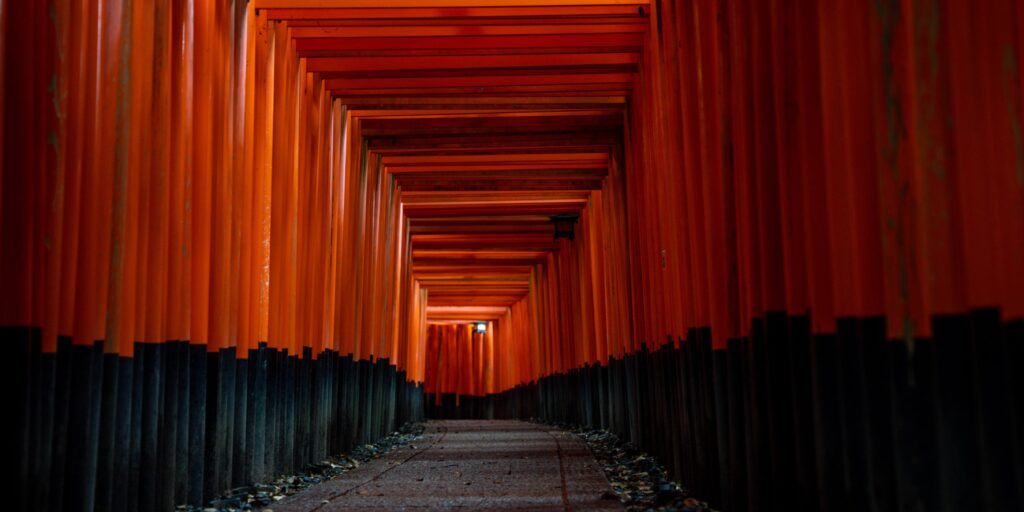
Kyoto — A Quiet Gateway into the Heart of Japanese Culture
For nearly a thousand years, Kyoto served as Japan’s imperial capital—a city where regional cultures from across the country gathered, blended, and refined one another. Today, the areas known for tourist crowds represent only a small part of the city. Just beyond the familiar sights, a quieter Kyoto awaits—where everyday life continues, and history and culture unfold in stillness.
In Cultureful’s Kyoto, you may learn the art of knife care in a master sharpener’s workshop, or observe the brushwork of a Kyoto porcelain painter in their studio. Through gentle conversations with the people who live and create here, you come into contact with the quiet texture of authentic Japanese culture.
Kanagawa
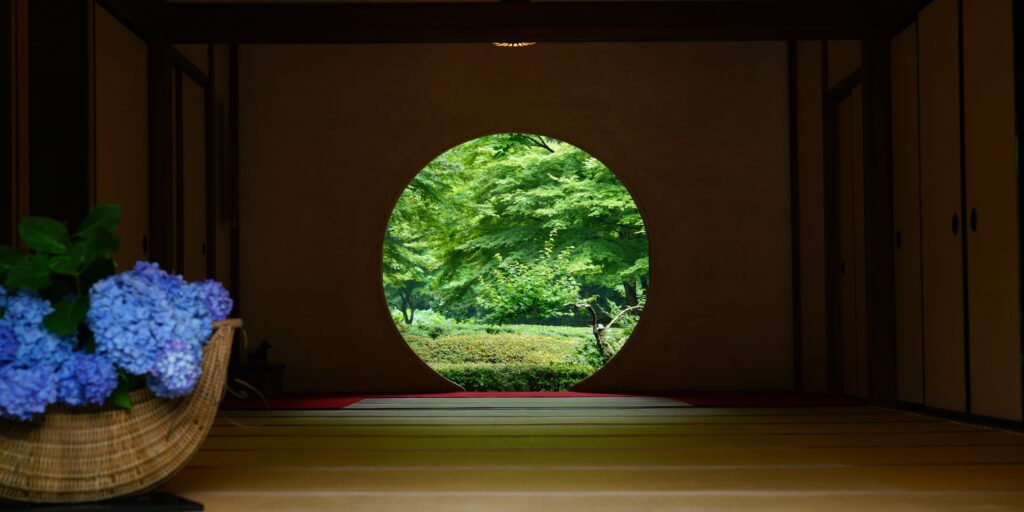
Kanagawa — Where East Meets West, and Stillness Meets Motion
Just beyond Tokyo lies Kanagawa, a region where East and West, tradition and modernity, have long converged. In Yokohama, the legacy of Japan’s opening to the world lives on in a unique blend of foreign influence and local aesthetics. In nearby Kamakura, a Zen temple still home to practising monks offers a moment of quiet meditation within a living spiritual tradition.
Behind the bustle lies a quiet stillness; beside the everyday, culture runs deep. Time in Kanagawa offers fleeting moments where past and present, the foreign and the familiar, quietly converge—then pass, like a gift, into your hands.
Hyogo

Harima — A Cultural Circle, Rooted in the Soil, Held in the Hand
The expansive Harima Plain is a land where agriculture and craftsmanship have long grown side by side. Once a centre of regional governance in western Japan, it remains home to some of the country’s finest sake rice and artisan traditions.
A journey here begins in the rice fields—listening to farmers speak of their harvest, visiting a brewery where that rice is transformed into sake, and enjoying a meal paired with that sake at a local restaurant. The vessel in your hand may be unlike any other: shaped from the very soil of the paddy you visited, and glazed with ash from its straw.
In every drop of sake lies a quiet story—of earth, of craft, and of human care—gently drawn together in Harima.
Ibaraki
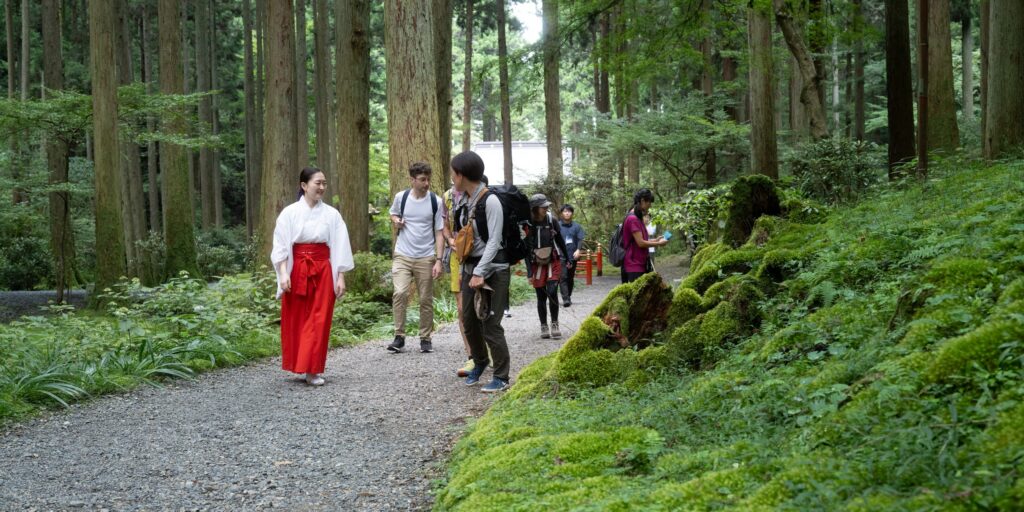
Ibaraki — A Fertile Landscape of Walking, Prayer, and Everyday Life
North of Tokyo, Ibaraki is a land known for its abundance—for centuries a place of rich harvests and quiet self-sufficiency. Home to Japan’s oldest sake brewery, it has remained largely untouched by mass tourism, allowing a life in harmony with nature to continue.
Your journey begins with a formal shrine visit alongside a Shinto priestess, followed by a walk through forest paths shaped by 200-million-year-old strata, leading to a hidden mountain shrine. You may also gather flowers in a local garden for ikebana, or cook with freshly harvested vegetables in the company of local hosts.
There are no elaborate performances here—only the quiet welcome of nature, and the unspoken beauty of everyday life.
Nasu
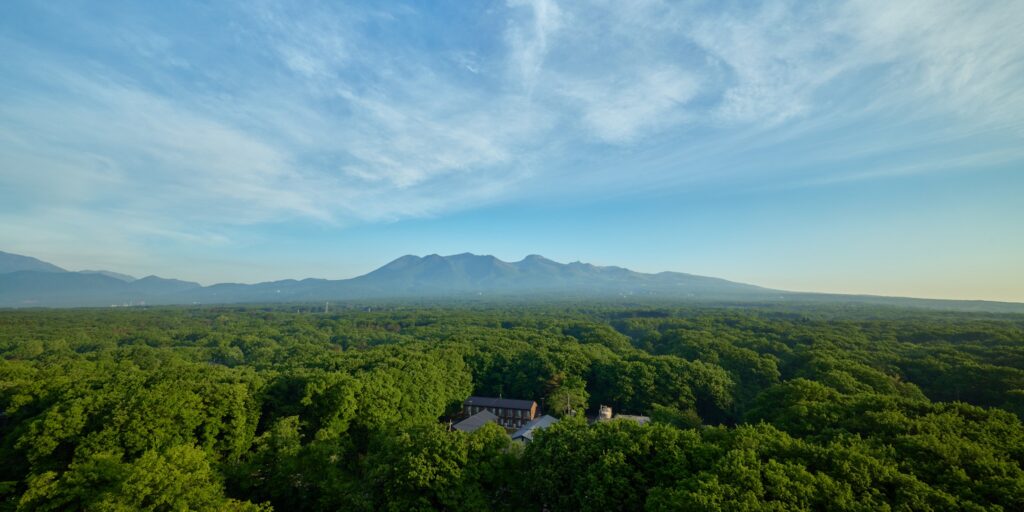
Nasu — Serene Mountain Retreat
For centuries, Nasu has been a retreat where emperors, poets, and travelers sought renewal in its forests and hot springs. Today, just seventy minutes from Tokyo, this highland region reveals a Japan where life moves at its own natural rhythm—where mountains, rivers, and villages remain in quiet harmony.
In Cultureful’s Nasu, you might join a farmer to taste the season’s harvest, step into the studio of a Bamboo craft master, or feel the healing air of a volcanic forest. Through unhurried encounters with those who live and create here, you touch the essence of shizen—the Japanese way of living in balance with nature.
Nagano
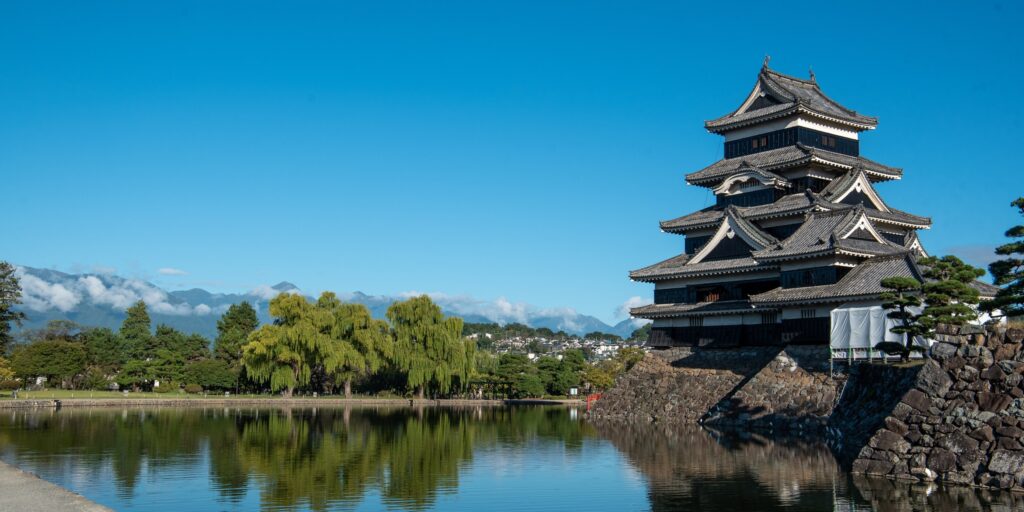
Nagano — Timeless Beauty of the Highlands
At the foot of the Northern Alps, this mountain region is where pure air and quiet culture meet. Once guarded by peaks, its towns still reflect the calm rhythm of life shaped by the seasons.Spring water nourishes both people and land. Fields fed by snowmelt yield crops of patience and care, while rivers wind through deep forests, reflecting the sky in glass-blue stillness.
Across the highlands, craft and landscape remain one. Artisans shape wood, lacquer, and clay with quiet devotion, their work echoing the textures of nature—culture flowing gently from mountain and field, formed by water, wood, and the enduring spirit of those who live and create here.
